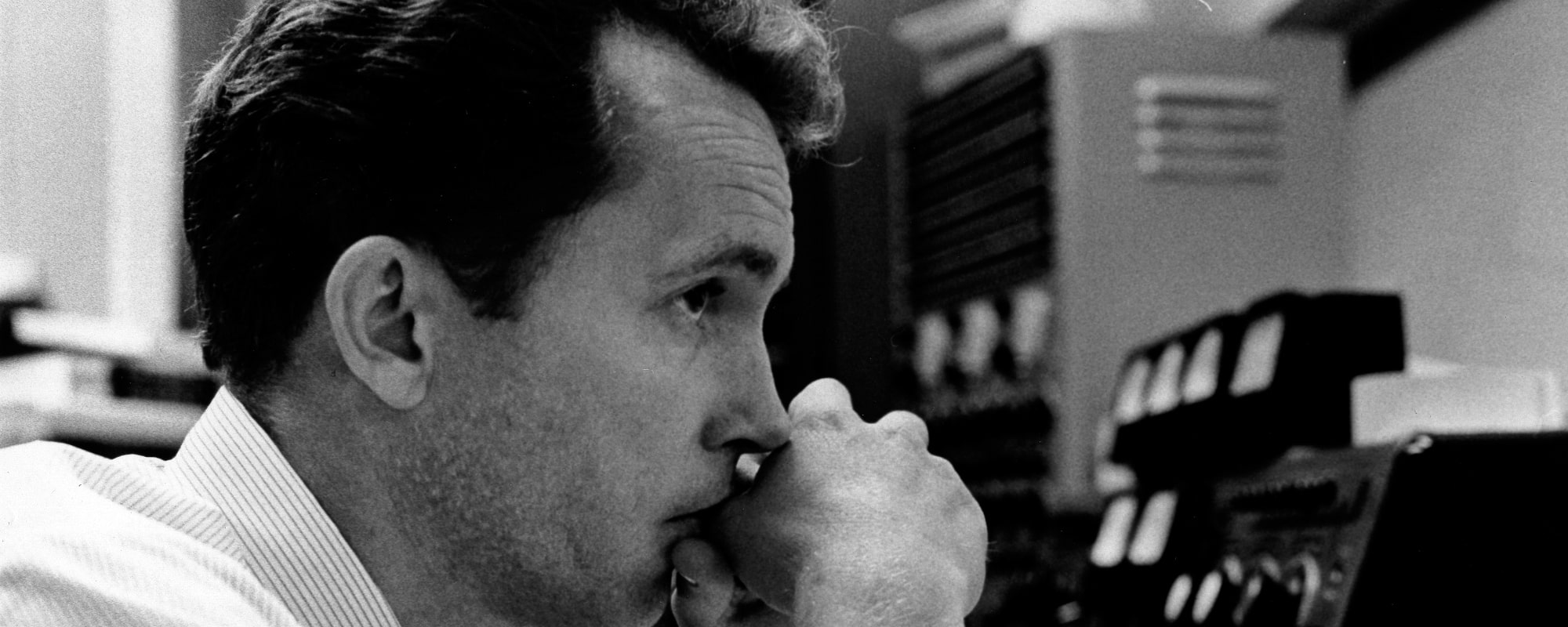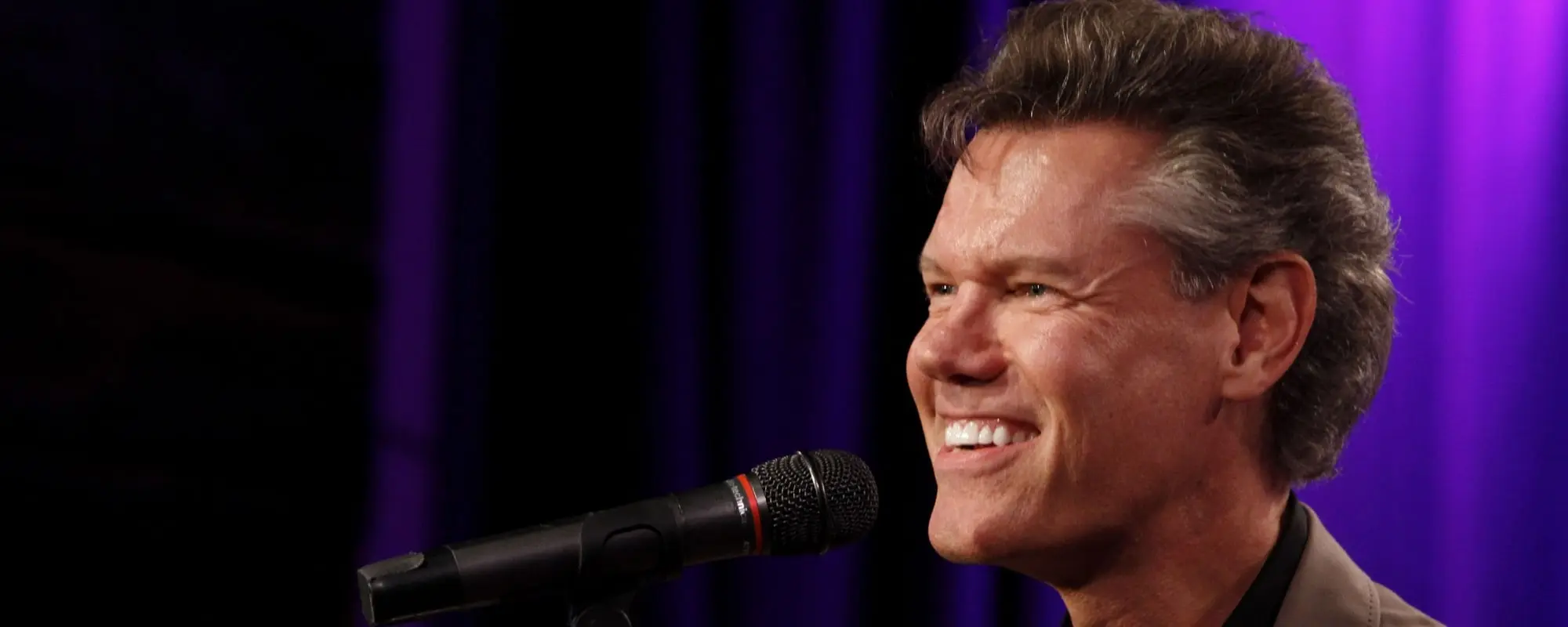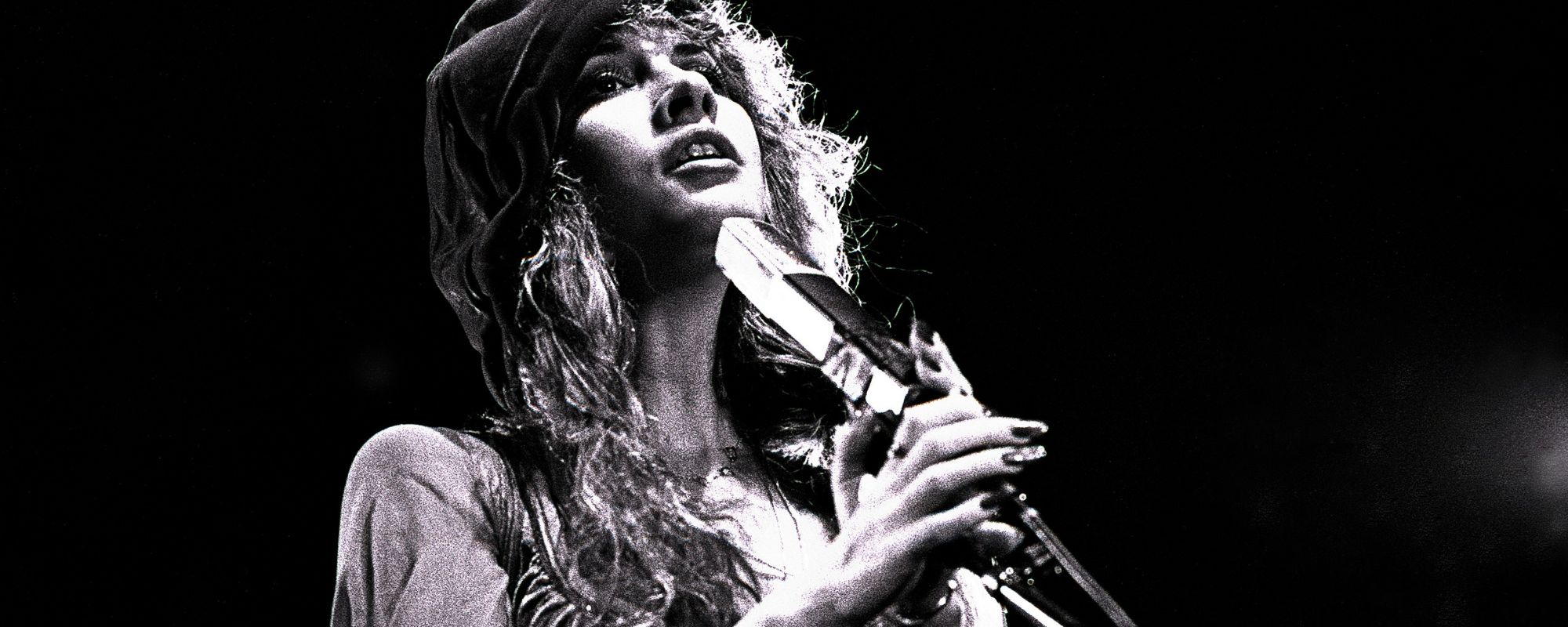Songs about New York City are as numerous as daily visitors to Times Square. But few songs capture the city in all its complex glory the way that Elton John’s “Mona Lisas And Mad Hatters” manages to do.
Videos by American Songwriter
Bernie Taupin’s lyrics get to the heart of the city by focusing on the people, good and bad. And, thanks to some key lines in the lyrics, he manages to balance out the harsher assessments of the Big Apple with a feeling of deep gratitude.
Experiencing the Big Apple
When Elton John and Bernie Taupin first came to America to promote their music, they were already deeply in love with the country. After all, they felt they had learned so much about it through the music of artists that they loved. They then had to square those preconceptions away with their actual experiences of these places.
Lyricist Taupin, who grew up in a rural environment, proved quite eloquent at describing various parts of this country that were foreign to him, even the urban sections. “Mona Lisas And Mad Hatters”, which appears on the 1972 album Honky Chateau, first started to fulminate for Taupin when he was in a New York hotel and heard gunfire outside his window.
Instead of focusing on the negative, however, Taupin delivers a nuanced portrait of the city. John’s vocal, filled with gospel fervor, also leavens the darker aspects of the tale. And he emotes the most when he gets to a few direct lines that stand out amidst some of Taupin’s more elusive observations.
Songs vs. Reality
Taupin has never shied away from phrases and word choices that might seem obscure on the page. He knew that John had a way of humanizing and clarifying these concepts with his vocals. Here, the title “Mona Lisas And Mad Hatters” stands out with its striking imagery, even as we might scratch our heads at first at the reference.
These characters seem to represent the high society part of the city, especially since they’re immediately listed alongside the “sons of bankers, sons of lawyers.” In their high-rises, they peer down at all those who lack such a pedigree and are scrambling to get by each day.
Taupin also refers to his former views of the city that were gleaned from the music he loved. The narrator now knows that the roses promised in the Ben E. King song “Spanish Harlem” are nowhere to be found. Nor can he get on the same wavelength as the show tunes bouncing out of Broadway. But he doesn’t despair, in part because of the company he’s keeping.
Many Thanks
Throughout “Mona Lisas And Mad Hatters”, Taupin draws comparisons between the haves and have-nots in the city. And we can tell where his allegiances lie. In the refrains, he pities the rich folks who miss out on the glorious sky, unlike everybody else, well below looking upward.
The narrator also takes the time to pay tribute to those downtrodden folks who still took the time to lend him a hand. “I thank the Lord there’s people out there like you,” he exclaims. And then later, “I thank the Lord for the people I have found.”
These lines produce the song’s most lump-in-the-throat moments. With “Mona Lisas And Mad Hatters”, Elton John and Bernie Taupin use golden oldies and fictional characters to depict the archetypes that define NYC. But thanks to those gratitude-laced lines, listeners still come away with a warm feeling for a city that can often seem mighty cold.
Photo by Mike Coppola/WireImage












Leave a Reply
Only members can comment. Become a member. Already a member? Log in.